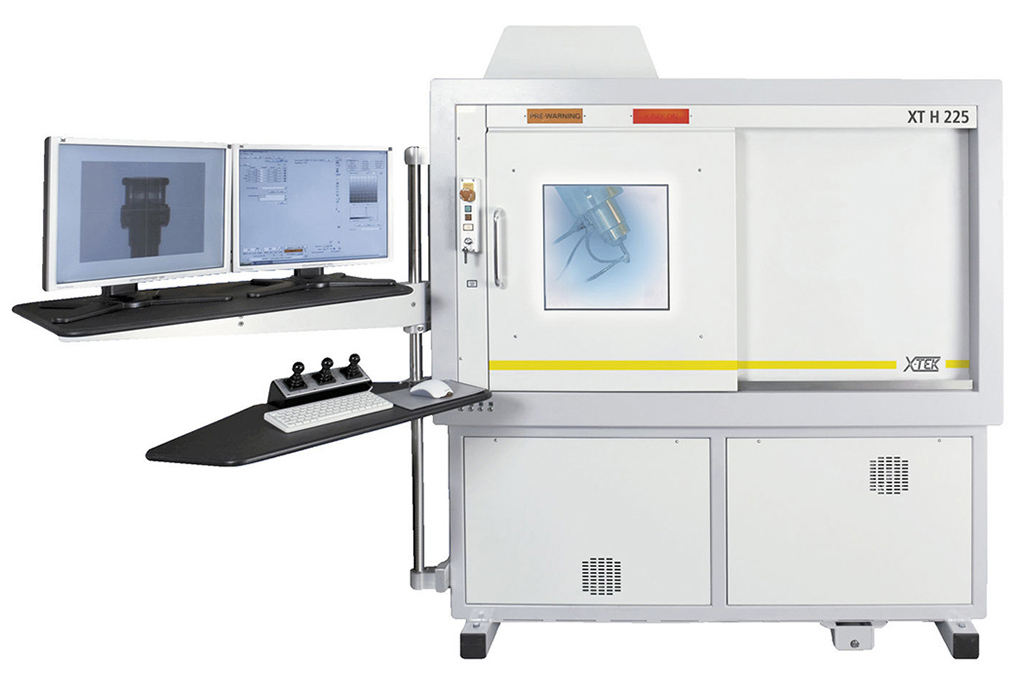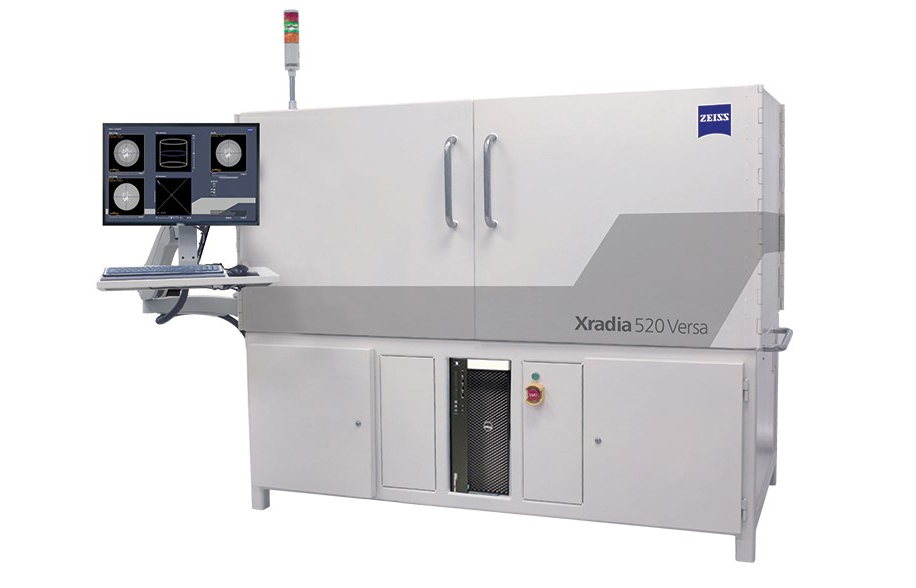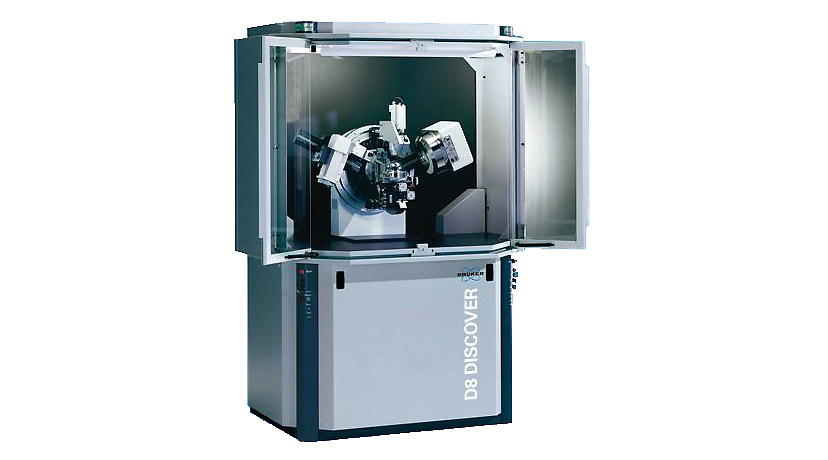X-Ray Analysis
X-rays can be used to investigate materials to gain a variety of different information that wouldn't be possible using other analytical techniques.
X-Ray Computed Tomography (XCT) is a non-destructive 3D imaging technique that reconstructs digital cross-sections or 'slices' to create a 3D volume. These ‘slices’ are created by bombarding a sample with X-Rays with the denser parts of the material absorbing more X-Rays and therefore creating a brighter part of the image. Therefore, by rotating the sample 360°, the separate images can be compiled to create recreate the overall structure.
X-Ray Diffraction (XRD) uses X-Rays to analyse and quantity the crystallographic structure of a material by measuring the diffraction of these X-Rays when they interact with a plane of atoms within a material. As a result, it can be used to measure the following: -
- The crystalline content of materials
- Identify crystal phases present
- Determine lattice spacing
- Study the preferential ordering and epitaxial growth of crystallites
X-Ray Photoelectron Spectroscopy (XPS) is a technique that measures the elemental composition of a material to a high degree of accuracy whilst also allowing the determination of the empirical formula, chemical state and electronic state that these elements exist within a material. For this to occur, first a sample is irradiated with a beam of X-Rays. The resulting number & kinetic energy of electrons that escape from the sample surface are then analysed to generate an XPS Spectra. However, at most an instrument can only probe 20nm into the surface of a material so is generally limited to measuring surface chemistry, with some key uses being thin films & powders.




